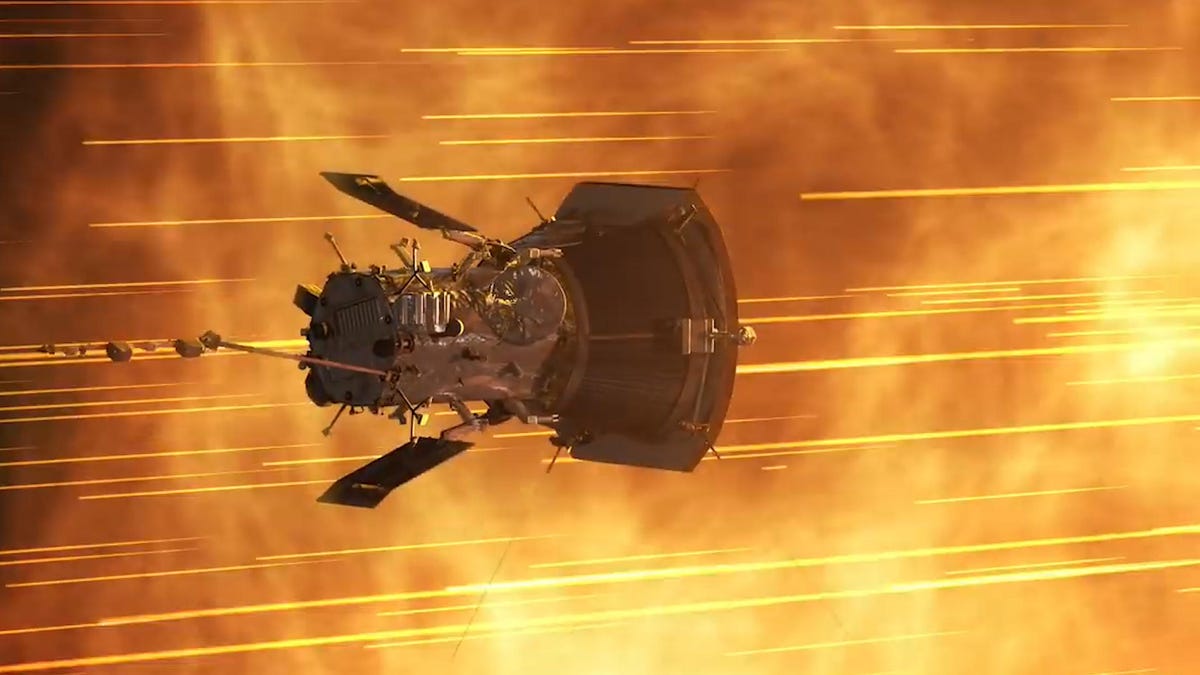NASA solar probe smashes two wild records as it approaches the sun
Gotta go fast.

New record!
NASA's Parker Solar Probe just took the record for the fastest human-made object and the closest object to the sun from... NASA's Parker Solar Probe.
The solar probe, launched in August 2018, is built to withstand the scorching temperatures of the sun's outer atmosphere, unraveling some of the mysteries lurking within. A suite of four instruments on board will help scientists understand how the sun's corona and solar wind affects the Earth and the rest of the solar system.
Besides the cool science, Parker is also in an orbit around the sun that makes it go really, really fast and gets it close enough to "touch" the sun.
Parker smashed its own records for speed and proximity to the blazing star, according to mission control at Johns Hopkins Applied Physics Laboratory during its flyby on Jan. 29. The flyby was the probe's fourth close approach to the sun ("perihelion") and in the early hours of Feb. 1, the car-sized spacecraft beamed back a "status A" signal to Earth, the best of four possible signals. Basically, Parker gave a thumbs-up to say "I survived."
Parker set two records in November 2018:
- Fastest human-made object: 153,454 mph (247,000 km/h)
- Closest spacecraft to the sun: 26.55 million miles (42.7 million kilometers)
But those records have now been surpassed. The new records stand at:
- Fastest human-made object: 244,255 mph (393,044 km/h)
- Closest spacecraft to the sun: 11.6 million miles (18.6 million kilometers)
Parker will continue to smash its own records all the way through to 2024 as it gets ever closer to the sun. Protected by a cutting-edge heat shield, the probe will eventually get within 4.3 million miles of the sun's "surface."
In December 2019, Parker's first batch of data was released in prestigious journal Nature, pulling back the (incredibly bright) curtain on the charged particles and plasma dynamics in the sun's outer atmosphere.
It's already turning out to be a good year for sun science.
On Jan. 29, another sun surveyor -- the Daniel K. Inouye telescope in Hawaii -- snapped the highest-resolution images of the sun's surface yet. The telescope, which is approximately 80-odd million miles further from the sun than NASA's Parker probe, is the most powerful solar telescope ever built, and it's not even online yet. Full operation should begin in July.
On Feb. 9, the European Space Agency will launch the Solar Orbiter. That spacecraft won't get as close to the sun as Parker, but it will help guide our understanding of how the star affects our solar system.

